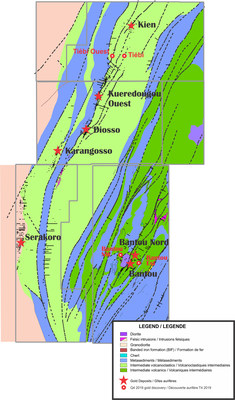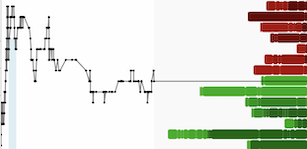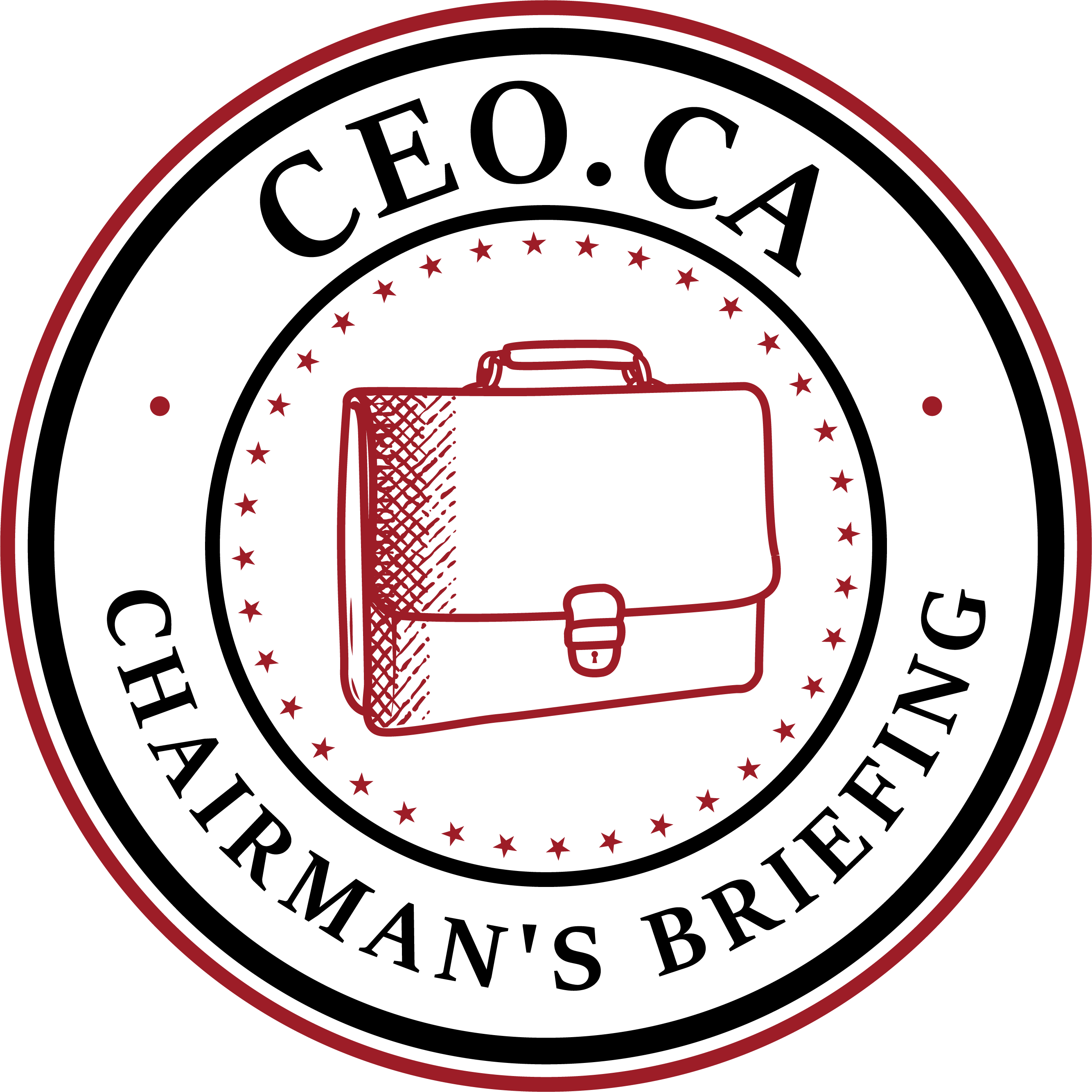New Exploration Result of 14.6 g/t Au over 21m for Follow Up
ALL AMOUNTS IN US DOLLARS
MONTREAL, Feb. 24, 2020 /CNW Telbec/ - SEMAFO (TSX: SMF) (OMX: SMF) today announced an inferred mineral resource of 2.2 million ounces of gold at the Bantou Project in Burkina Faso. The resource statement will be published in early March, along with SEMAFO's full reserves and resources statement, which are estimated as at December 31, 2019.
Highlights
- Inferred mineral resource estimate of 2.2M oz representing 51 Mt at an average grade of 1.37 g/t Au
- The largest deposit, Bantou Nord, was discovered in 2019 and totals 1.1M oz of pit-constrained inferred resources, representing 36.1Mt at 0.95 g/t Au with a pit-shell strip ratio of 1:1
- Bantou deposit, in addition to 282,000 ounces of inferred open-pit resources, includes 152,000 ounces of underground inferred resources grading 6.66 g/t Au at a cut-off grade of 2.00 g/t Au and remains open at depth
- Recent discovery of Tiébi returned 14.63 g/t Au over 21 meters, offering potential for additional resources
Benoit Desormeaux, President & CEO, stated: "2019 was a successful exploration year at SEMAFO. Bantou's inferred resource of 2.2M ounces puts us in a good position to achieve our resource objective of 2.5-3.0M ounces by year-end. Congratulations to Richard Roy and the exploration team for adding 1.2 million drill-bit ounces in 2019. The team had already added 0.7 million ounces with the tuck-in acquisition of Savary Gold. Bantou's initial 2020 exploration budget of $4 million is likely to increase as we explore outside of the existing zones and follow up exciting intersections like 14.6 g/t over 21 meters at Tiébi. More than 90% of the inferred resource is pit-constrained, and we anticipate strong financial returns considering the Bantou Nord 1:1 pit-shell strip ratio. This 2.2-million ounce resource is a visible sign of Bantou's district scale potential.''
Resource Overview
The inferred resource comprises two main areas. As shown in Table 1, the majority of the tonnes and ounces are centered around the Bantou and Bantou Nord Zones. The Bantou Nord Zone is located 1.5 kilometers north of the Bantou Zone with the remaining Karankasso Zones (referred to in Table 1 as "Others") are located 15-30 kilometers from the main zones. The Bantou Nord resource is pit-constrained and although it has the lowest grade, its low 1:1 strip ratio would enhance the economics of the project. Sixty-five percent of the Bantou Zone resource is pit-constrained, and the remaining resource was estimated using a cut-off grade of 2 g/t Au below the pit. The Bantou Zone remains open at depth and offers potential for expansion of additional underground resources.
Table 1 – Bantou Resource by Zone | |||
Zone | Tons (Mt) | Grade (g/t Au) | '000 oz Au |
Bantou Nord | 36.11 | 0.95 | 1,101 |
Bantou | 2.26 | 5.98 | 434 |
Others | 12.74 | 1.73 | 709 |
Total* | 51.11 | 1.37 | 2,245 |
*Total may not add up due to rounding errors. |
Overview of Q4 2019 Bantou Exploration
In view of the early success in discovering Bantou Nord, the first nine months of 2019 were dedicated to developing the resources at Bantou and Bantou Nord. In the fourth quarter, the focus moved to areas outside the existing resources. Highlights of best results obtained in the fourth quarter are shown below in Table 2.
Table 2 – Highlights from Bantou Q4 2019 Exploration* | |||||
Hole No. | From (m) | To (m) | Length (m) | Au (g/t) | Zone |
KARC19-0127 | 63 | 84 | 21 | 14.63 | Tiébi |
KARC19-0136 | 29 | 37 | 8 | 1.31 | Tiébi Ouest |
KARC19-0136 | 84 | 86 | 2 | 5.42 | Tiébi Ouest |
KARC19-0162 | 25 | 29 | 4 | 1.14 | Tiébi Ouest |
KRC19-0531 | 87 | 91 | 4 | 2.52 | Bantou Est |
KRC19-0538 | 132 | 136 | 4 | 1.92 | Bantou Est |
KRC19-0538 | 158 | 161 | 3 | 3.04 | Bantou Est |
KRC19-0632 | 124 | 127 | 3 | 1.65 | Bantou NW |
KRC19-0634 | 56 | 60 | 4 | 2.00 | Bantou NW |
*All assays are uncut. Lengths are core lengths. True widths remain undetermined. |
2020 Bantou Exploration Program
Bantou's initial 2020 exploration budget of $4 million is likely to increase as the exploration program moves outside the existing zones and follows up interesting intersections like 14.6 g/t over 21 meters at Tiébi. Figure 1 shows the locations of the Bantou Project deposits and recently discovered mineralized zones. Tiébi is located 4 kilometres northeast of the Kueredougou Ouest deposit along what appears to be a splay of the main regional structure hosting the Karankasso deposits. Mineralization is hosted in a strongly silicified-sericitized, sheared volcanosediment and felsic intrusives zone, mineralized with varying amounts of disseminated pyrite. Hole KARC19-0127 (14.6 g/t Au over 21 meters) represents the last easternmost hole of the section and will be followed up on in 2020. This section was the only drilling completed on this interpreted splay over a strike length of more than 3 kilometers.

Bantou Geology
The current resource estimate covers three groups of deposits, namely Bantou, Bantou Nord, and Karankasso. The Bantou Zone is centered on a banded iron formation and a cherty horizon deposited between intermediate volcanic sequences. The mineralization is considered bimodal with a primary stratiform type found in the magnetite-pyrite bands alternating with the silicic layers. A later mineralization possibly related to orogenic episodes is hosted by a chert horizon in the footwall where the lower and upper portions have been fractured, opening conduits where mineralizing fluids circulated and deposited the gold.
Although located 1.5 kilometers from the Bantou Zone, Bantou Nord is very different as its mineralization is associated with a very fine disseminated pyrite spread over a 300-meter by 250-meter area. The mineralization shows no deformation and/or hydrothermal alteration typical of orogenic styles. It is considered a synvolcanic gold mineralized zone affecting both a series of felsic dykes and sills and the intermediate volcanics that they intrude.
Finally, the mineralization at the Karankasso Zones is similar in origin for all the occurrences and associated with quartz-vein development in sheared, folded, sericitized, silicified and carbonatized volcanics, and/or sediments. When present, felsic dykes are commonly sheared, foliated or fractured and spatially associated with the mineralization. The Karankasso Zones are considered typical orogenic style deposits located along a regional deformation zone flanking the western limit of the Houndé Belt, which also hosts the Wona-Kona deposit at our Mana property to the north.
Quality Assurance
On Bantou and Bantou Nord deposits, RC samples are collected from every 1-meter drill run representing approximately 30 kg to 40 kg of material that is reduced using a tiered riffle splitter to obtain a subsample of about 2 kg. A small sample of chips from each 1-meter interval is removed with a sieve, washed and placed in labelled chip trays for logging and future reference. Diamond core samples are collected on a maximum of 1.2-meter intervals or to the lithological/alteration/mineralization boundaries, with a minimum sample length of 0.2 meters. Core is cut in half lengthwise using a diamond saw. The other half is kept for reference in core storage shelters. Quality control samples, including reference materials and blanks are also submitted with these samples. All samples are sent for crushing, pulverizing and assaying to (i) SEMAFO mine site facilities at Mana; or (ii) ALS Minerals Services laboratories in Ouagadougou, Burkina Faso, or Yamoussoukro in Côte d'Ivoire. All sample assays are reported by standard 50-gram fire assaying-AA finish or gravimetric finish at (i) SEMAFO mine site facilities at Mana; or (ii) ALS Minerals Services laboratories in Ouagadougou, Burkina Faso, or Yamoussoukro in Côte d'Ivoire.
Drill program design, Quality Assurance/Quality Control ("QA/QC") and interpretation of results is performed by qualified persons employing a QA/QC program consistent with NI 43-101 and industry best practices. In addition to the laboratory's own QA/QC (Quality Assurance/Quality Control) program, an internal quality control and quality assurance program is in place throughout the sampling program, using blind duplicates, blanks and recognized industry standards. Approximately 5% of sample pulps are sent to secondary laboratories for assay checks.
For the other deposits, the procedure for handling reverse-circulation drill chips comprises initial riffle-splitting of the rock chips from one-meter drill length samples into approximately 2.5-kilogram samples, as well as description and logging into a database. A duplicate 2.5-kilogram sample, prepared at the same time as the assay sample, is kept as a reference for each sample. NQ-size core assay samples are first logged into a database and then are sawn in half with half of the core submitted for analysis; the length of the core samples depends on logged geological controls with samples varying from 0.3 metres to 2.0 metres in length. A sample duplicate and assay blank were inserted sequentially every 5 to 14 samples, and an assay standard was inserted every 29 to 34 samples. This results in 8% of the assayed samples being reference/blank/control samples. Blanks and duplicates were preferentially inserted in visually mineralized zones to better test the assay results. This sampling procedure was periodically reviewed by a qualified person. All assay samples were collected at site by staff from SGS Burkina Faso SA ('SGS') from Ouagadougou, Burkina Faso where sample preparation and analysis were performed. Each sample was dried, crushed to 75% passing 2 mm and then split to 1.5 kg by rotary splitter. This split was pulverized to 85% passing 75 microns. Fifty grams of the pulverized material was analysed for gold via fire assay with an atomic absorption spectroscopy (AAS) finish. SGS operates according to ISO 17025 standards and institutes a full Quality Assurance/Quality Control (QA/QC) program consisting of insertion of internal blanks, standard reference material, repeats and reject splits which, in total, accounts for up to 25% of all determinations conducted. All standards and blank control samples returned results within expected ranges.
Richard Roy P. Geo, Vice-President Exploration, is the Qualified Person for the information contained in this press release and is a Qualified Person within the meaning of National Instrument 43-101.
Resources are presented undiluted and in situ and are considered to have reasonable prospects for economic extraction. This mineral resource estimate is the result of 625 drill holes (79,641 metres) in the resource area, including 123 drill holes (24,207 metres) completed by SEMAFO on Bantou and Bantou Nord from July 2017 to August 2019. Geological interpretation of the various deposits is based on lithologies, mineralization style and structural features. The estimate was prepared using a block model constrained within 3D wireframes of the principal mineralized domains. The 3D wireframing was generated in Leapfrog Geo, a modelling software, from hand selections of mineralized intervals. High-grade assays were capped. Cappings were determined in each area from statistical studies on groups of zones sharing similar mineralization characteristics. Cappings vary from 13 g/t Au to 80 g/t Au. Capped assays were composited within the mineralization domains into 1-meter length composites, except for Kueredougou Ouest (2-meter length). Values for gold were interpolated into blocks using a 3-pass ordinary kriging (OK) interpolation method. Estimation parameters are based on composite variography analyses. Bulk densities from 1.98 g/cm3 to 2.8 g/cm3 were used based on weathering.
Preliminary open-pit optimization algorithm was run on the estimated grade block models to constrain the resource. The mineral resource estimate comprises mineralization contained within preliminary pit shells at cut-off grades ranging from 0.43 to 0.86 grams of gold per tonne. The cut-off grades were calculated using the following economic parameters: a long-term gold price of $1,500/oz; gold recovery ranges from 65% to 93%; a weighted average waste mining cost of $2.20/ tonne and a weighted average ore mining cost of $2.37/tonne, both based on high level preliminary mine sequencing. Processing and G&A costs combined range between $16.30/tonne and $26.00/tonne. Pit optimization slopes were 45 degrees in oxidized material and 50 degrees in fresh rock. Mineralization below the pit shell at Bantou was estimated at a cut-off grade of 2 grams of gold per tonne.
The inferred mineral resource in this estimate has a lower level of confidence that that applied to an indicated mineral resource and must not be converted to a mineral reserve. The quantity and grade of reported inferred mineral resources in this news release are uncertain in nature and there has been insufficient exploration to define these inferred mineral resources as indicated or measured mineral resources, and it is uncertain if further exploration will result in upgrading them to these categories.
The Bantou mineral resource estimate (with an effective date of December 31, 2019) was prepared by SEMAFO and reviewed and audited by DRA MET-CHEM, Montréal, Québec. The full technical report, which is being prepared in accordance with National Instrument 43-101 – Standards of Disclosure for Mineral Projects ("NI 43-101"), will be available on SEDAR (www.sedar.com) under the Corporation's issuer profile within 45 days.
About SEMAFO
SEMAFO is a Canadian-based intermediate gold producer with over twenty years' experience building and operating mines in West Africa. The Corporation operates two mines, the Boungou and Mana Mines in Burkina Faso. SEMAFO is committed to building value through responsible mining of its quality assets and leveraging its development pipeline.
CAUTION CONCERNING FORWARD-LOOKING STATEMENTS
This press release contains forward-looking statements. All statements other than statements of present or historical facts are forward-looking. Forward-looking statements involve known and unknown risks, uncertainties and assumptions and accordingly, actual results and future events could differ materially from those expressed or implied in such statements. You are hence cautioned not to place undue reliance on forward-looking statements. Forward-looking statements include words or expressions such as "will", "achieve", "objective", "likely", "increase", "anticipate", "financial returns", "potential", "expansion", "additional", "would", "enhance", "estimate", "committed", "building", "leveraging", development", "pipeline" and other similar words or expressions. Factors that could cause future results or events to differ materially from current expectations expressed or implied by the forward-looking statements include the ability to (i) meet our resource objective of 2.5-3.0M ounces by year-end, (ii) increase our initial exploration budget of $4 million, (iii) obtain strong financial returns from Bantou Nord, (iv) realize Bantou's district scale potential, (v) expand the Bantou Zone with additional underground resources t, (vi) execute on our strategic focus, fluctuation in the price of currencies, gold or operating costs, mining industry risks, uncertainty as to calculation of mineral reserves and resources, delays, political and social stability in Africa (including our ability to maintain or renew licenses and permits), the security of our operations and other risks described in SEMAFO's documents filed with Canadian securities regulatory authorities. You can find further information with respect to these and other risks in SEMAFO's 2018 Annual MD&A, as updated in SEMAFO's 2019 First Quarter MD&A, 2019 Second Quarter MD&A and 2019 Third Quarter MD&A and other filings made with Canadian securities regulatory authorities and available at www.sedar.com. These documents are also available on our website at www.semafo.com. SEMAFO disclaims any obligation to update or revise these forward-looking statements, except as required by applicable law.
Website: www.semafo.com
SOURCE SEMAFO

View original content to download multimedia: http://www.newswire.ca/en/releases/archive/February2020/24/c5319.html




